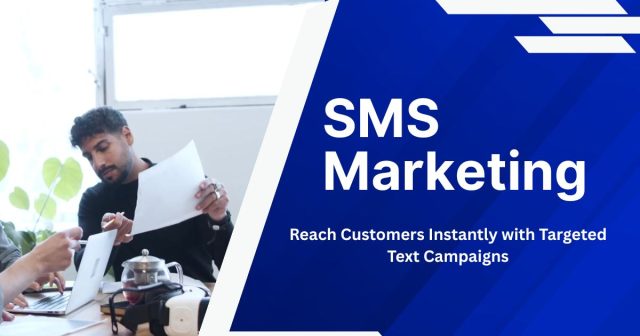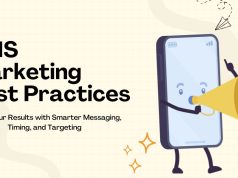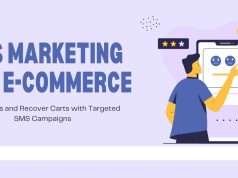SMS marketing often gets overlooked in favor of flashier digital channels, but the numbers tell a different story. With open rates consistently hitting 98% and response rates that dwarf email campaigns, text message marketing has quietly become one of the most effective tools in a marketer’s arsenal.
The question isn’t whether SMS marketing works—it’s whether you’re missing out on one of the highest-converting channels available. This comprehensive guide examines the real effectiveness of SMS marketing, backed by data and practical insights that will help you determine if text messaging belongs in your marketing strategy.
We’ll explore response rates, conversion statistics, cost-effectiveness, and real-world applications across different industries. By the end, you’ll have a clear understanding of SMS marketing’s potential and how it compares to other marketing channels.
SMS Marketing Performance: The Numbers Don’t Lie
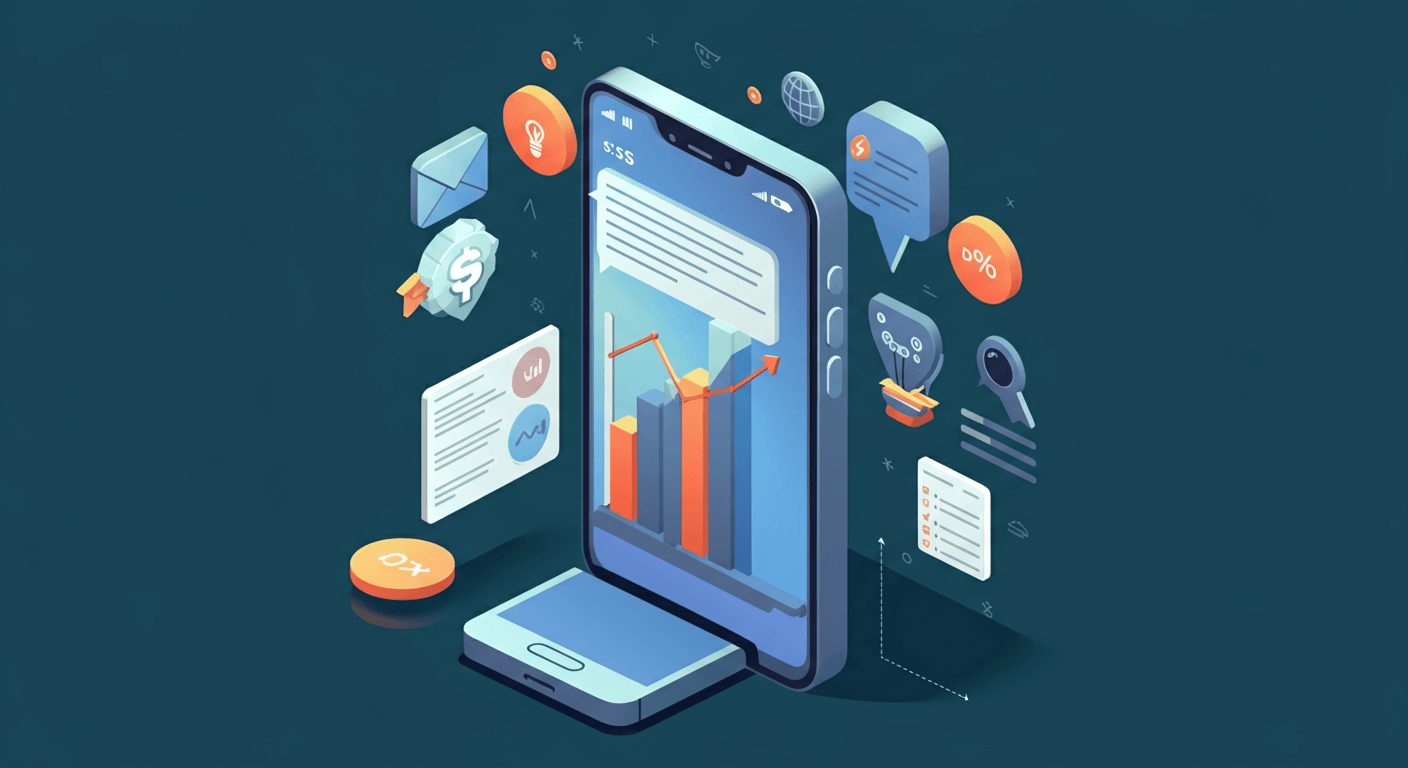
Open Rates That Email Can’t Match
SMS marketing boasts an impressive 98% open rate, according to industry research. Compare this to email marketing’s average open rate of 21.33%, and the difference becomes stark. Most text messages are read within three minutes of delivery, giving businesses almost immediate access to their audience.
This high engagement stems from the personal nature of text messaging. People carry their phones everywhere and treat SMS as a direct, urgent communication channel. Unlike emails that pile up in crowded inboxes, text messages appear prominently on lock screens and demand attention.
Click-Through Rates and Conversions
SMS campaigns generate click-through rates averaging 36%, significantly higher than email’s 2.69% average. This dramatic difference translates into real business results. Companies using SMS marketing report conversion rates between 20% and 35%, depending on their industry and campaign strategy.
The immediacy factor plays a crucial role here. When customers receive a text about a flash sale or limited-time offer, they can act instantly. This removes friction from the customer journey and capitalizes on impulse purchasing behavior.
Response Speed Advantages
Text messages typically receive responses within 90 seconds, while emails might wait hours or days for replies. This rapid response time makes SMS particularly valuable for time-sensitive communications, customer service interactions, and urgent notifications.
Cost-Effectiveness of SMS Marketing
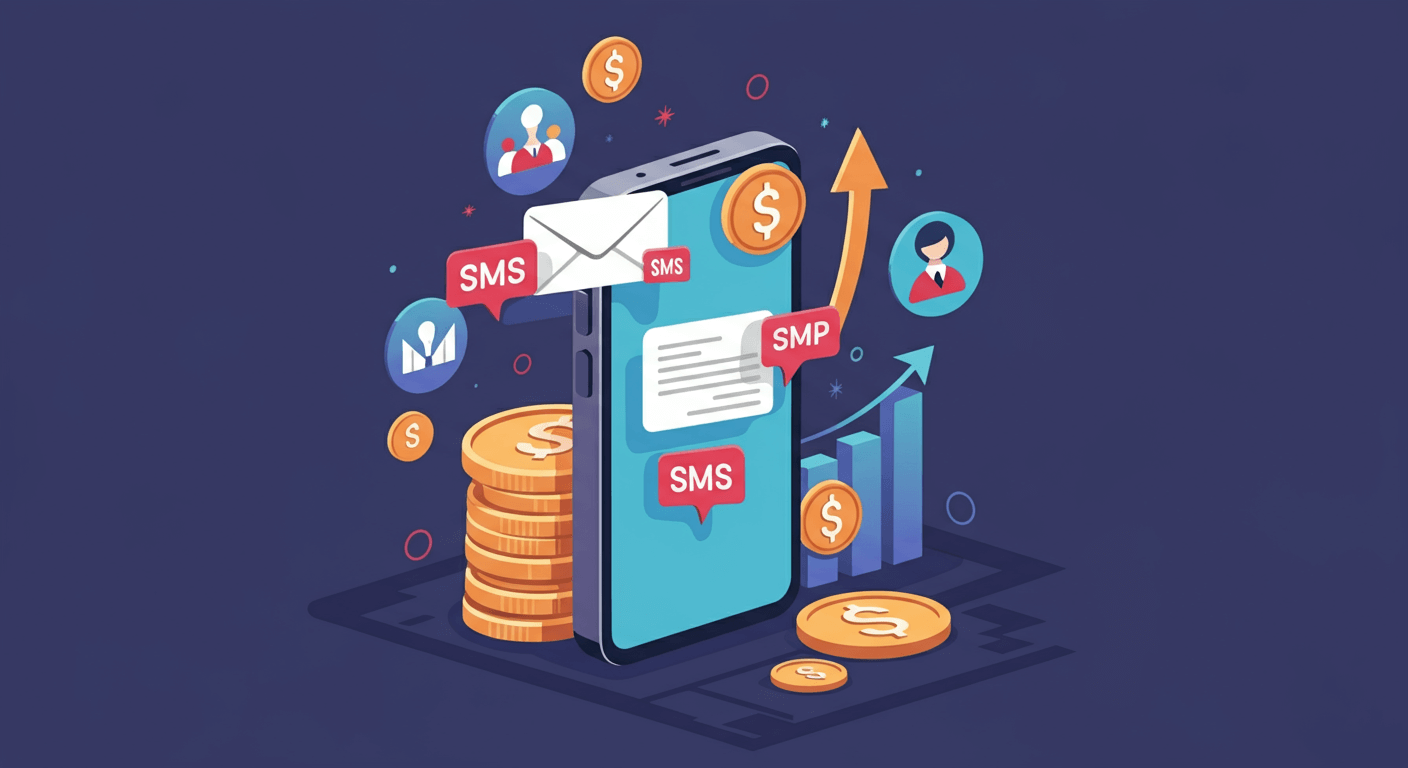
Low Cost Per Message
SMS marketing costs between $0.01 and $0.05 per message, making it one of the most affordable marketing channels available. Even premium SMS platforms rarely exceed $0.10 per message, delivering exceptional value when measured against response rates.
Return on Investment Analysis
The combination of low costs and high conversion rates creates impressive ROI potential. Many businesses report returns of $36 for every dollar spent on SMS marketing. This figure varies by industry, but consistently outperforms many traditional marketing channels.
Small businesses particularly benefit from SMS marketing’s cost structure. Unlike paid advertising that requires substantial budgets to see results, effective SMS campaigns can launch with minimal investment while reaching engaged audiences.
Comparison with Other Channels
Email marketing costs roughly $0.10 to $0.50 per contact monthly, while social media advertising can range from $1 to $5 per click. SMS marketing’s direct cost structure and high engagement rates often deliver better cost-per-acquisition numbers than these alternatives.
Industry Applications and Use Cases
Retail and E-commerce
Retail businesses leverage SMS for flash sales, inventory alerts, and abandoned cart recovery. Fashion retailers report particularly strong results, with SMS-driven sales accounting for 15-25% of their mobile revenue.
Product launch notifications via SMS create immediate awareness and drive traffic to online stores. Many retailers find that SMS subscribers convert at higher rates than email subscribers, especially for limited-time offers.
Restaurants and Food Service
Restaurants use SMS for order confirmations, delivery updates, and promotional offers. The immediate nature of text messaging aligns perfectly with food service timing requirements.
Loyalty programs delivered via SMS show higher participation rates than app-based alternatives. Customers appreciate receiving points updates and exclusive offers directly to their phones without downloading additional applications.
Healthcare and Appointments
Medical practices rely on SMS for appointment reminders, reducing no-show rates by up to 38%. The personal, direct nature of text messaging proves more effective than phone calls or emails for this critical communication.
Prescription reminders and health tips via SMS help practices maintain patient engagement between visits. This ongoing communication strengthens patient relationships and improves health outcomes.
Professional Services
Law firms, financial advisors, and consultants use SMS for appointment confirmations and urgent client communications. The professional yet immediate nature of text messaging suits these industries well.
Service completion notifications and follow-up surveys via SMS generate higher response rates than email alternatives, providing valuable feedback for business improvement.
Challenges and Limitations
Regulatory Compliance Requirements
SMS marketing faces strict regulations, including TCPA compliance in the United States and GDPR requirements in Europe. Businesses must obtain explicit consent before sending marketing messages and provide clear opt-out mechanisms.
These compliance requirements add complexity but also build trust with customers who appreciate transparent communication practices.
Message Length Constraints
Standard SMS messages are limited to 160 characters, requiring concise, impactful messaging. While this constraint forces clarity, it can limit detailed product descriptions or complex offers.
Longer messages automatically split into multiple parts, potentially increasing costs and reducing readability. Successful SMS campaigns embrace brevity as a strength rather than fighting against it.
Customer Fatigue Risks
The personal nature of SMS that drives engagement can also create backlash if overused. Customers who feel bombarded by text messages often opt out entirely, making frequency management crucial.
Finding the right balance between staying top-of-mind and respecting customer preferences requires careful audience segmentation and timing consideration.
Best Practices for SMS Marketing Success
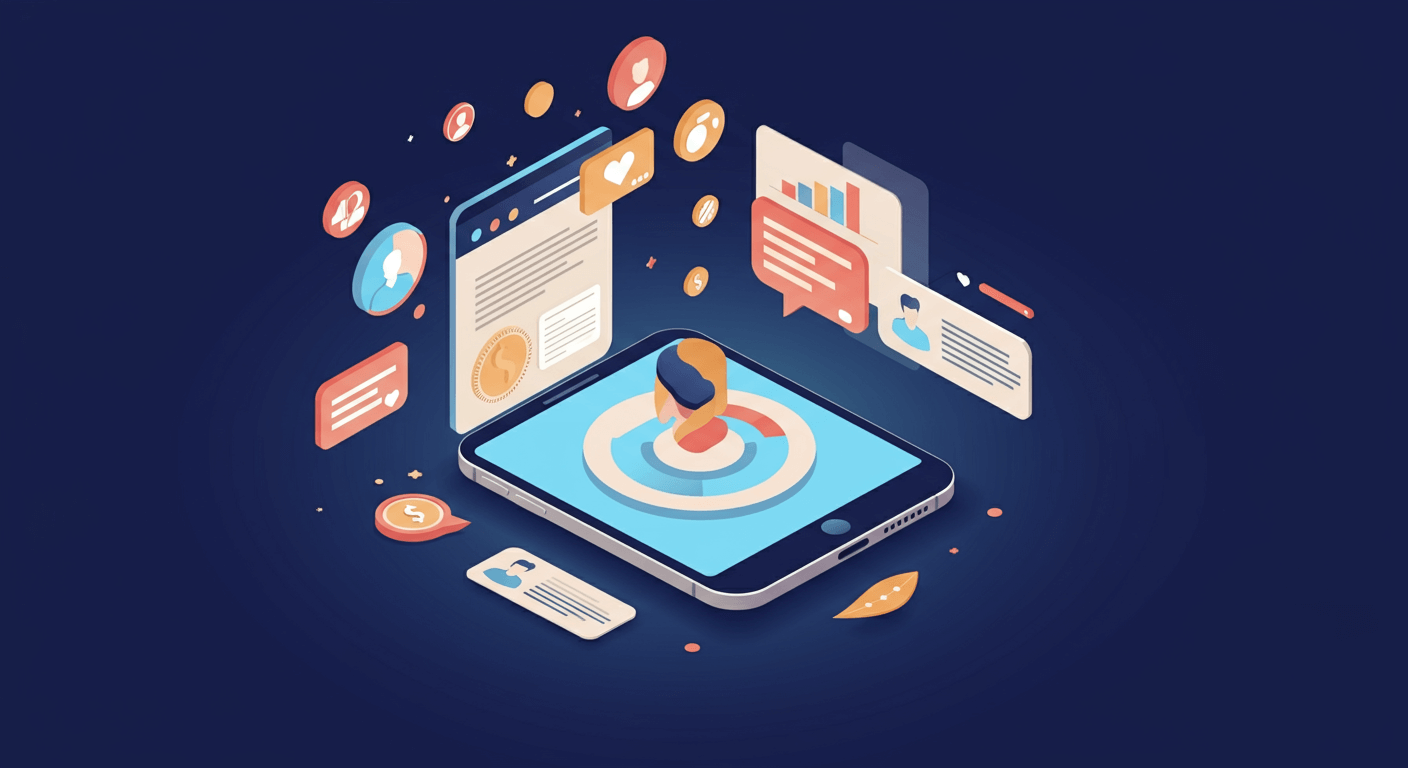
Timing and Frequency
Send SMS campaigns during business hours, typically between 10 AM and 8 PM. Weekend messaging can work for certain industries but requires careful consideration of your audience’s preferences.
Most successful businesses limit SMS frequency to 2-4 messages per month, reserving text messaging for truly important or valuable communications.
Personalization Strategies
Include customer names and relevant details in SMS messages to increase engagement. Personalized messages generate 26% higher open rates than generic broadcasts.
Segment audiences based on purchase history, preferences, and engagement levels to deliver more targeted messaging that resonates with specific customer groups.
Clear Call-to-Actions
Every SMS should include a specific, actionable next step. Whether visiting a website, calling a number, or showing a message in-store, clarity drives results.
Keep calls-to-action simple and achievable within the immediate timeframe. Complex multi-step processes reduce conversion rates and frustrate customers.
Getting Started with SMS Marketing
Platform Selection
Choose SMS marketing platforms based on features, pricing, and integration capabilities. Popular options include Twilio, SimpleTexting, and EZ Texting, each offering different strengths for various business types.
Consider automation capabilities, analytics depth, and customer support quality when evaluating platforms. The right choice depends on your technical needs and growth plans.
Building Your Subscriber List
Grow SMS subscriber lists through website opt-ins, in-store signups, and social media promotions. Offer valuable incentives like exclusive discounts or early access to new products.
Never purchase SMS lists or add customers without explicit consent. Organic list growth creates more engaged audiences and ensures compliance with regulations.
Measuring Success
Track open rates, click-through rates, conversion rates, and unsubscribe rates to gauge campaign effectiveness. Most SMS platforms provide detailed analytics to guide optimization efforts.
Compare SMS performance against other marketing channels to understand its role in your overall strategy and allocate budget accordingly.
The Future of SMS Marketing
SMS marketing continues evolving with Rich Communication Services (RCS) enabling enhanced messaging features like images, videos, and interactive buttons. While adoption remains limited, RCS represents the future direction of business text messaging.
Integration with artificial intelligence allows for more sophisticated automation and personalization, making SMS campaigns increasingly effective at scale.
Why SMS Marketing Deserves Your Attention
SMS marketing delivers exceptional results when executed properly. The combination of high open rates, strong conversion potential, and cost-effectiveness makes it valuable for businesses across industries.
Success requires understanding your audience, respecting their communication preferences, and delivering genuine value through every message. Start small, test different approaches, and scale based on results.
Consider adding SMS to your marketing mix gradually, beginning with high-value use cases like appointment reminders or exclusive offers for your most engaged customers. The data will quickly reveal whether SMS marketing can drive meaningful results for your business.


